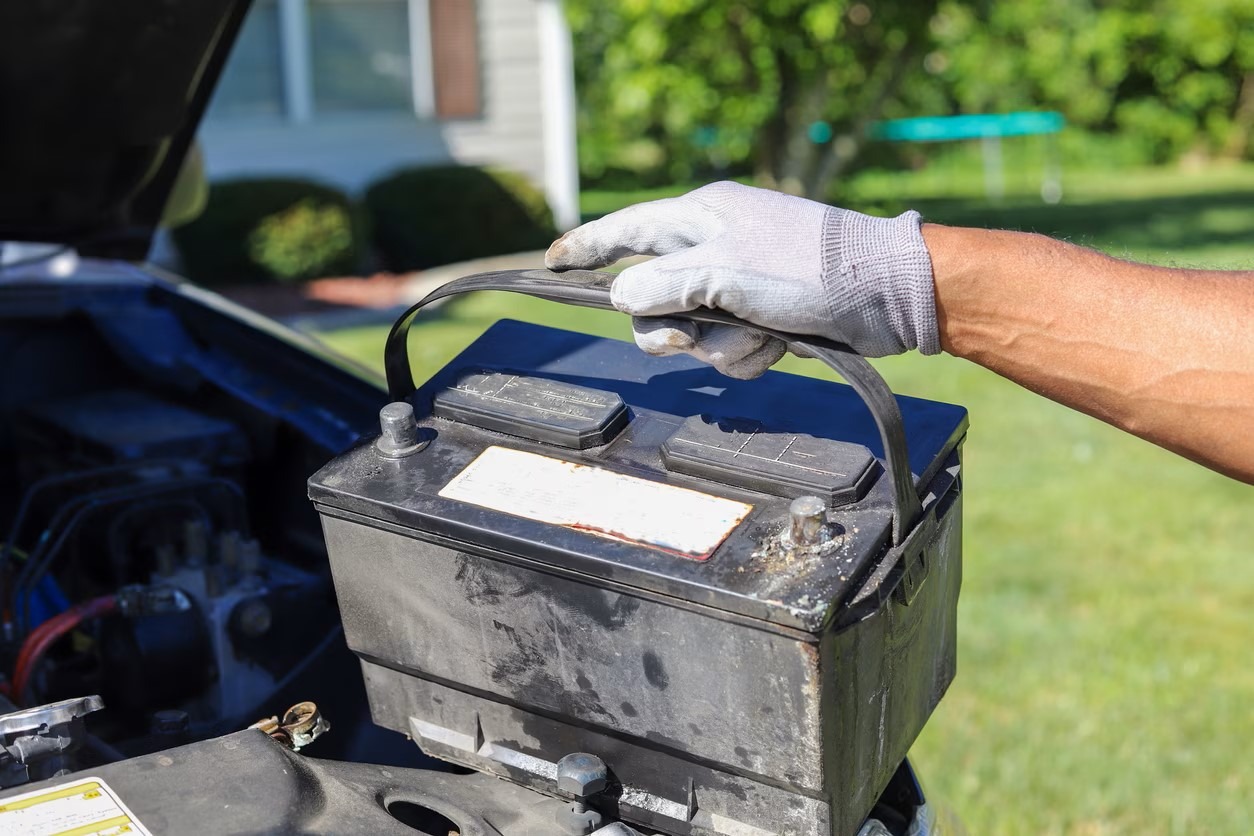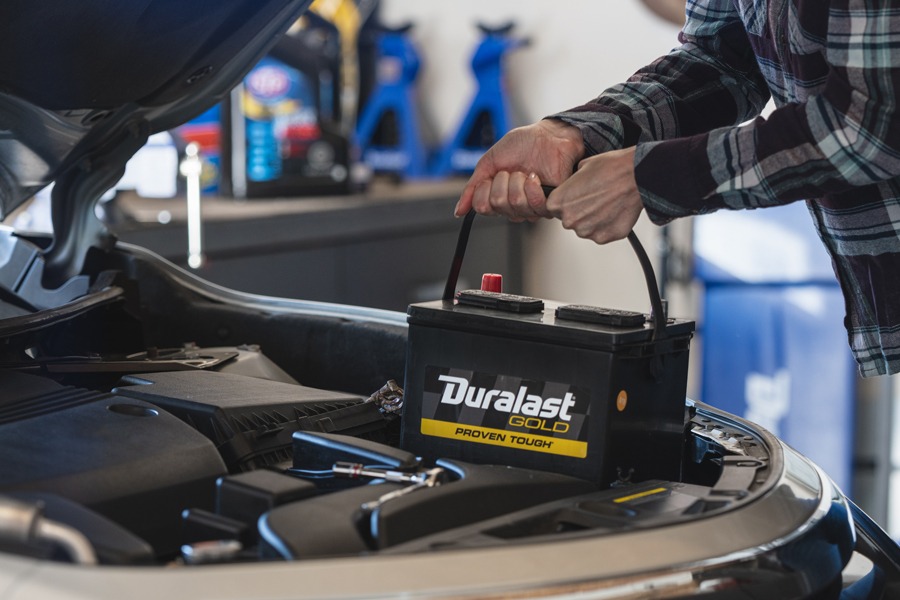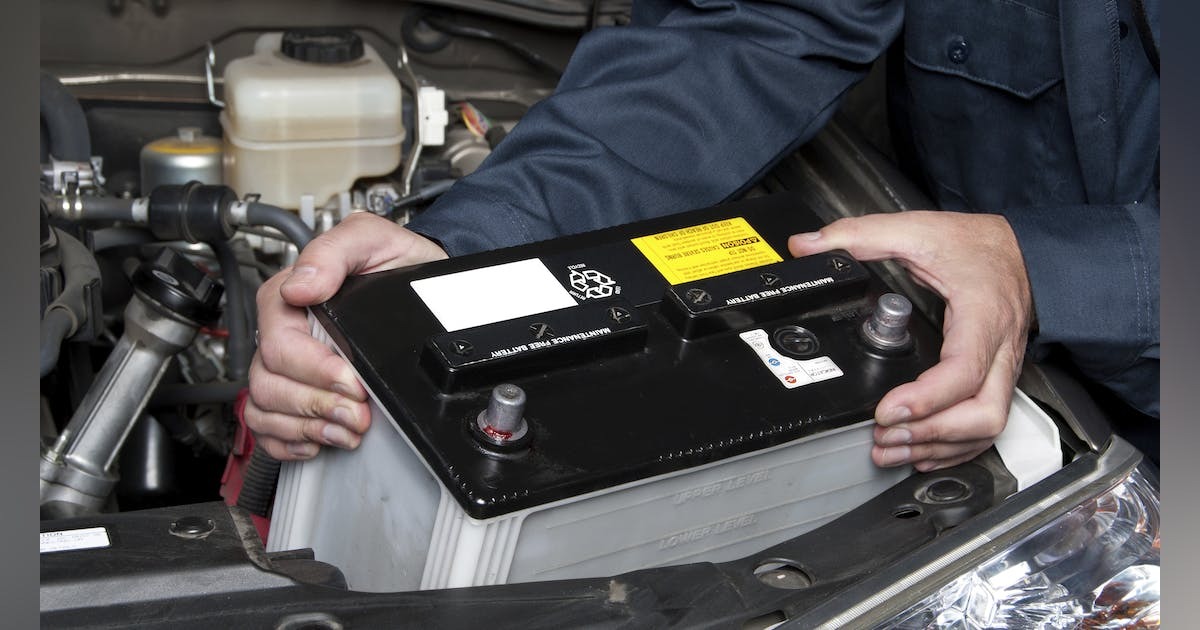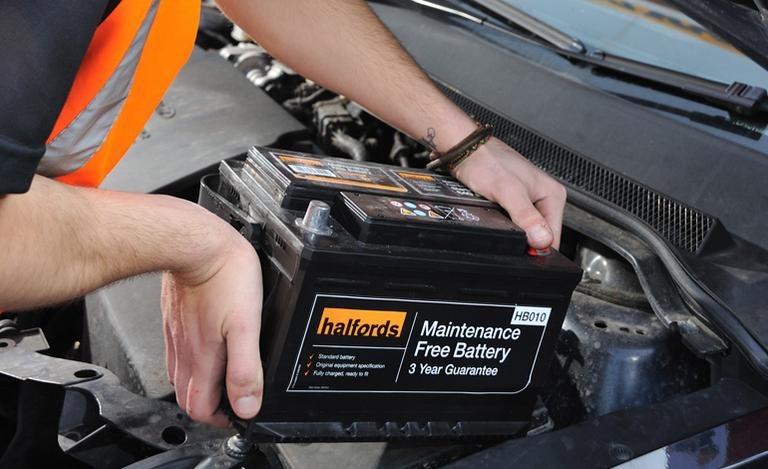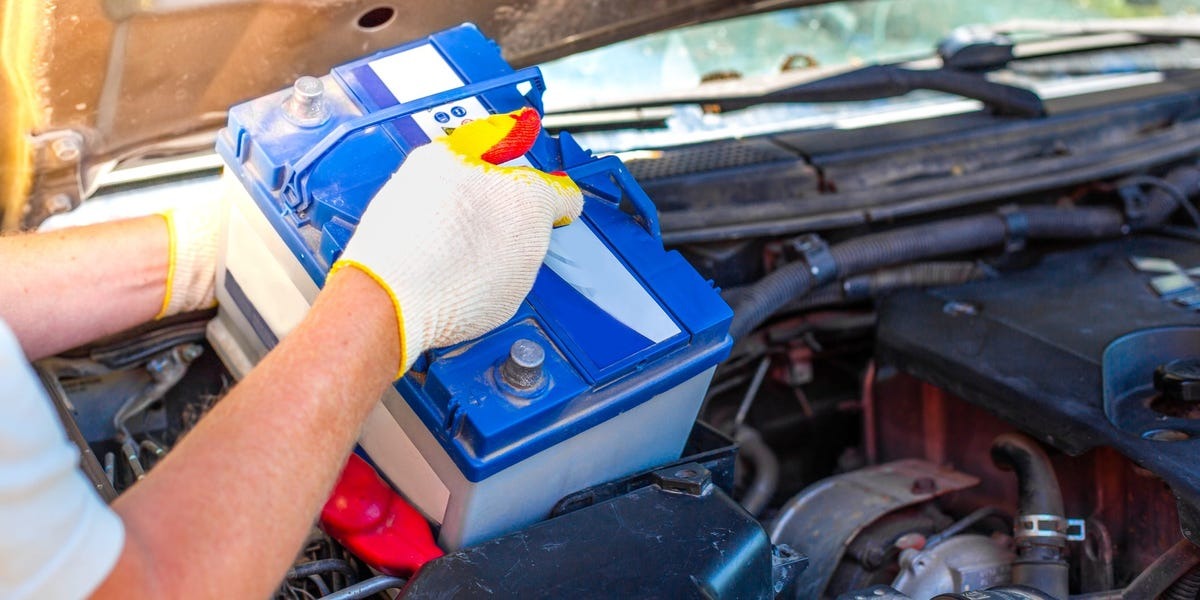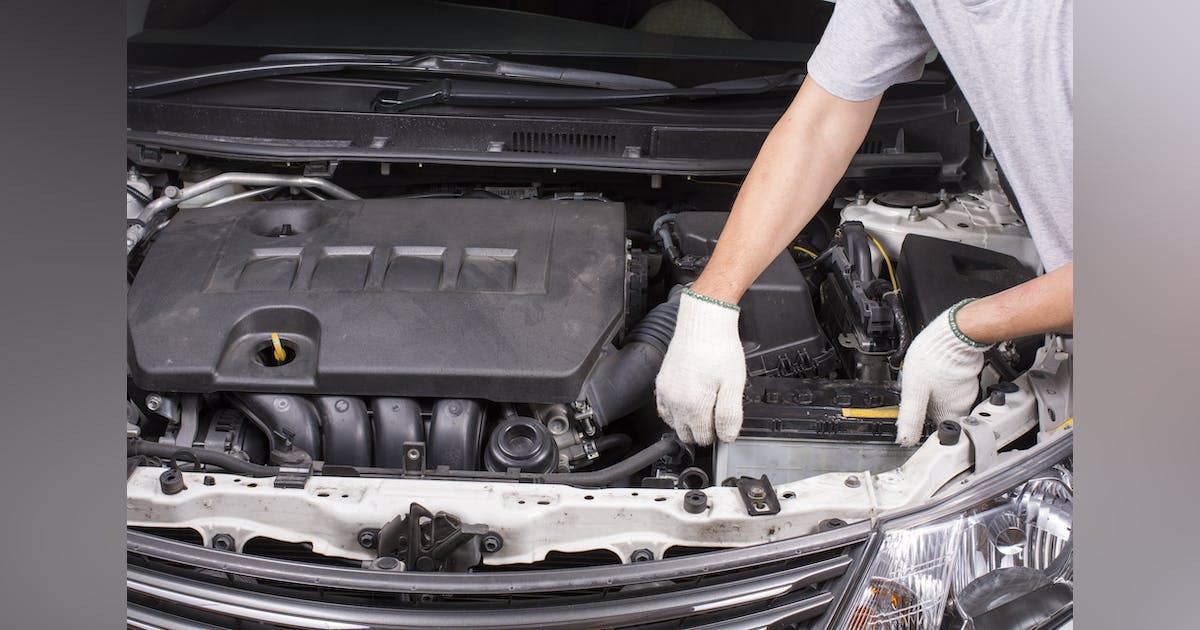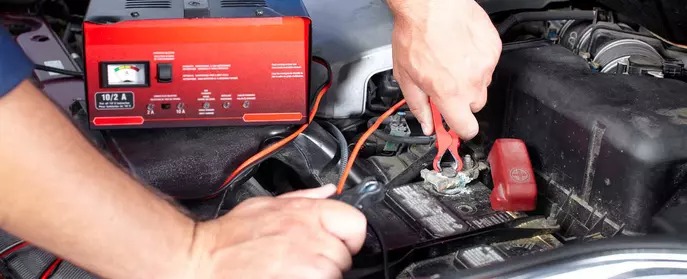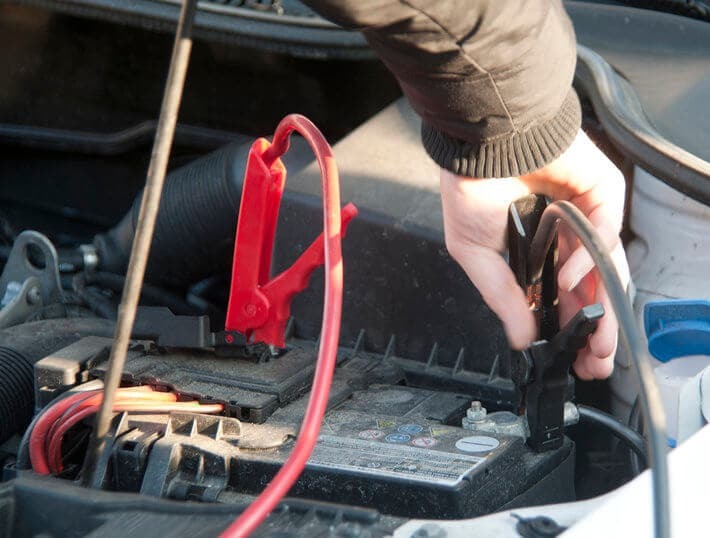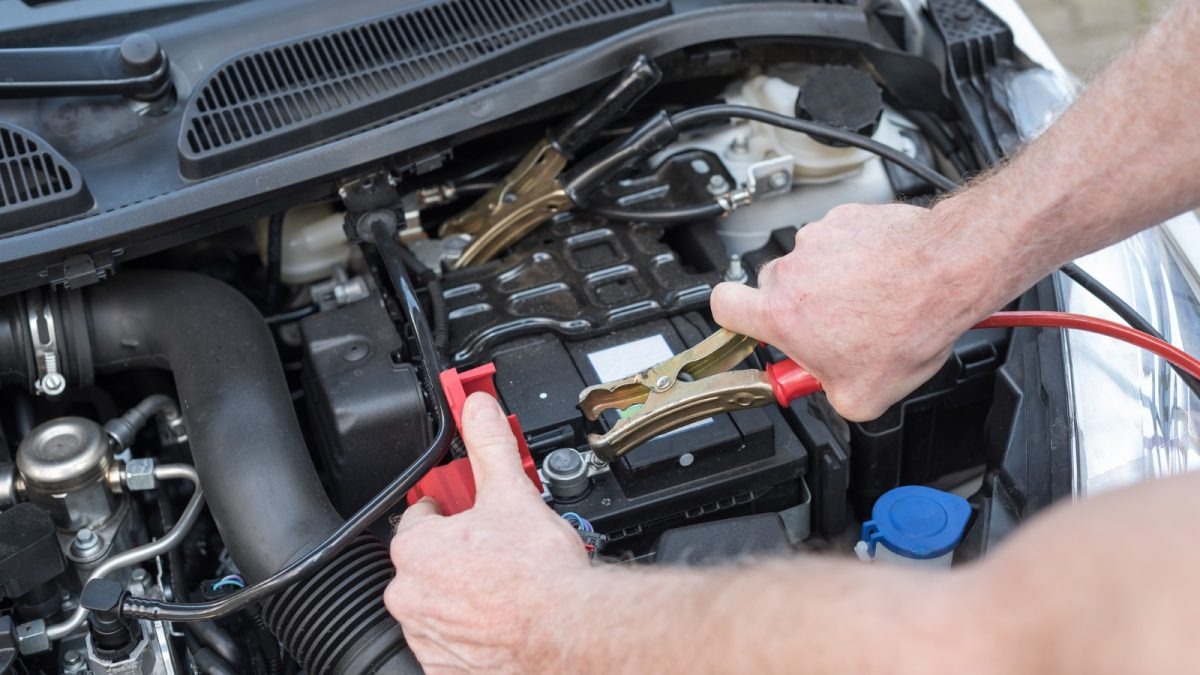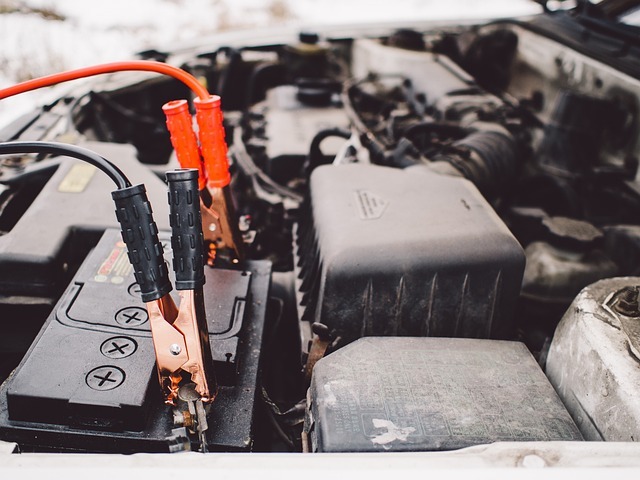The Ultimate Guide to Properly Storing Car Batteries
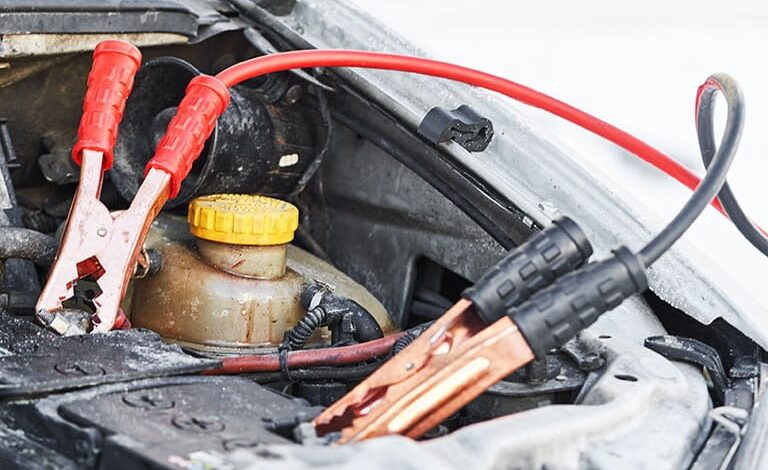
Ensuring the longevity and optimal performance of your car battery requires careful consideration of storage practices. A neglected battery can lead to unexpected vehicle breakdowns and additional expenses. In this comprehensive guide to properly storing car batteries, we will unravel the essential steps to safeguard your battery during periods of inactivity. From understanding the ideal storage conditions to implementing maintenance routines, we aim to equip you with the knowledge needed to preserve your car battery’s health. Whether you’re storing a spare battery, preparing your vehicle for long-term parking, or facing seasonal changes, this guide will provide valuable insights into maximizing the lifespan of your car batteries. Explore with us as we demystify the intricacies of proper car battery storage and empower you to make informed decisions for the care of your vehicle’s power source.
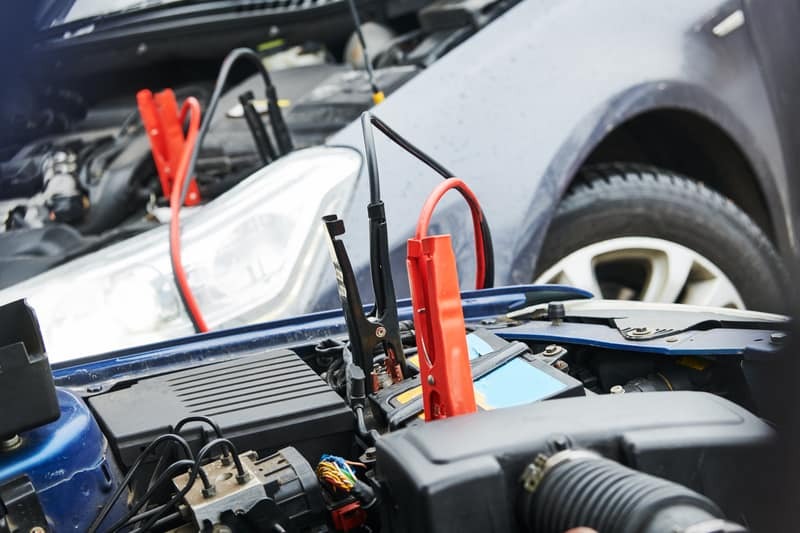
Contents
Why is Proper Storage Important?
Before we dive into the specifics of storing car batteries, it is crucial to understand why it is essential. Improper storage can lead to various issues, including:
- Self-discharge: Car batteries naturally discharge over time, even when not in use. However, improper storage conditions can accelerate this process, leading to a dead battery when you need it the most.
- Sulfation: When batteries are left unused for an extended period, sulfate crystals can form on the lead plates, reducing their capacity and overall performance.
- Freezing: Extremely low temperatures can freeze the electrolyte inside the battery, causing irreparable damage and rendering it useless.
- Corrosion: Poor storage conditions can accelerate corrosion on battery terminals and connectors, hindering proper electrical contact and reducing performance.
By following the correct storage procedures, you can mitigate these risks and ensure your car battery remains in optimal condition.
Preparing for Storage
Before storing your car battery, it is crucial to prepare it properly to minimize potential damage. Here are a few important steps to follow:
Step 1: Clean the Battery
Start by cleaning the battery terminals and connectors using a mixture of baking soda and water or a dedicated battery cleaner. This will remove any dirt, grime, or corrosion that may hinder electrical contact.
Step 2: Perform a Voltage Check
Using a multimeter or voltmeter, check the battery’s voltage. A fully charged battery should read around 12.6 volts or slightly higher. If the voltage is significantly lower, consider recharging the battery before storage.
Step 3: Disconnect the Battery
To prevent any unnecessary drain on the battery during storage, disconnect both the positive (+) and negative (-) terminals. Remember to remove the negative cable first and reconnect it last when reinstalling the battery.
Step 4: Inspect for Damage
Thoroughly inspect the battery for any signs of damage or leaks. If you notice any cracks, bulges, or leaks, it is best to replace the battery rather than risk storing a damaged unit.
See more: Electric Vehicles and the Future of Clean Energy
Choosing the Right Storage Location
Selecting an appropriate storage location is crucial in maintaining your car battery’s health during periods of non-use. Here are some considerations:
Temperature Control
Ideally, store your car battery in a location where temperature fluctuations are minimal. Extreme heat or cold can cause irreversible damage to the battery’s internal components.
Dry and Ventilated Area
Choose a dry and well-ventilated area to prevent moisture buildup, which can lead to corrosion. Avoid storing batteries directly on concrete floors, as they can absorb moisture and contribute to self-discharge.
Secure and Stable Environment
Ensure that the storage area is secure and stable, preventing any accidental damage or falls that could compromise the integrity of the battery.
Storage Options
Once you have identified an appropriate storage location, there are several options available for safely storing your car battery:
Option 1: Battery Tender/Charger
Investing in a quality battery tender or charger is highly recommended for long-term storage. These devices provide a low trickle charge that helps maintain the battery’s charge level without overcharging it.
Option 2: Remove and Store Indoors
If you prefer not to leave your battery connected to a charger, you can remove it from the vehicle and store it indoors. Ensure that you place it on a stable surface away from any flammable materials.
Option 3: Store in Vehicle with Battery Disconnect Switch
Another option is to keep the battery inside the vehicle but install a battery disconnect switch. This switch allows you to cut off all power flow from the battery, preventing any parasitic drain.
Battery Maintenance during Storage
Proper maintenance during storage can significantly extend the life of your car battery. Follow these tips to ensure your battery remains in optimal condition:
Regular Checks
Periodically check the battery’s voltage using a multimeter or voltmeter. If the voltage drops below a certain threshold (usually around 12 volts), recharge the battery using a suitable charger.
Charge Maintenance
If you are using a battery tender or charger, follow the manufacturer’s instructions on how long to keep it connected and when to disconnect/reconnect it.
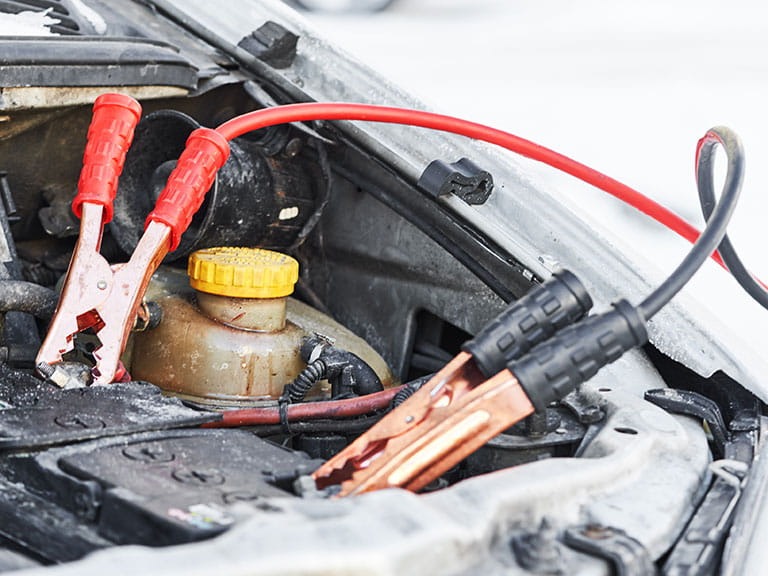
Clean Terminals
Inspect the battery terminals regularly and clean them if you notice any signs of corrosion. Use a wire brush or terminal cleaner to remove any buildup.
Protect from Extreme Temperatures
If storing your battery indoors is not possible, consider using insulation materials or covers designed to protect against extreme temperatures.
Precautions and Safety Measures
When dealing with car batteries, it is essential to prioritize safety. Here are some precautions to consider:
- Always wear protective gloves and eyewear when handling batteries to avoid contact with corrosive substances.
- Keep batteries away from open flames or sparks, as they contain flammable materials.
- Do not smoke near batteries or storage areas.
- Store batteries out of reach of children and pets.
- If you notice any signs of swelling, leakage, or an unusual odor, seek professional assistance immediately.
A Comprehensive Guide to Properly Storing Car Batteries for Longevity and Performance
Properly storing car batteries is crucial in maintaining their performance and prolonging their lifespan. By following the steps outlined in this guide, you can ensure that your car battery remains in optimal condition during periods of non-use. Remember to prepare the battery adequately, choose an appropriate storage location, and prioritize regular maintenance checks. By taking these precautions, you can confidently store your car battery without worrying about potential damage or deterioration.
See more at: Topcarr

